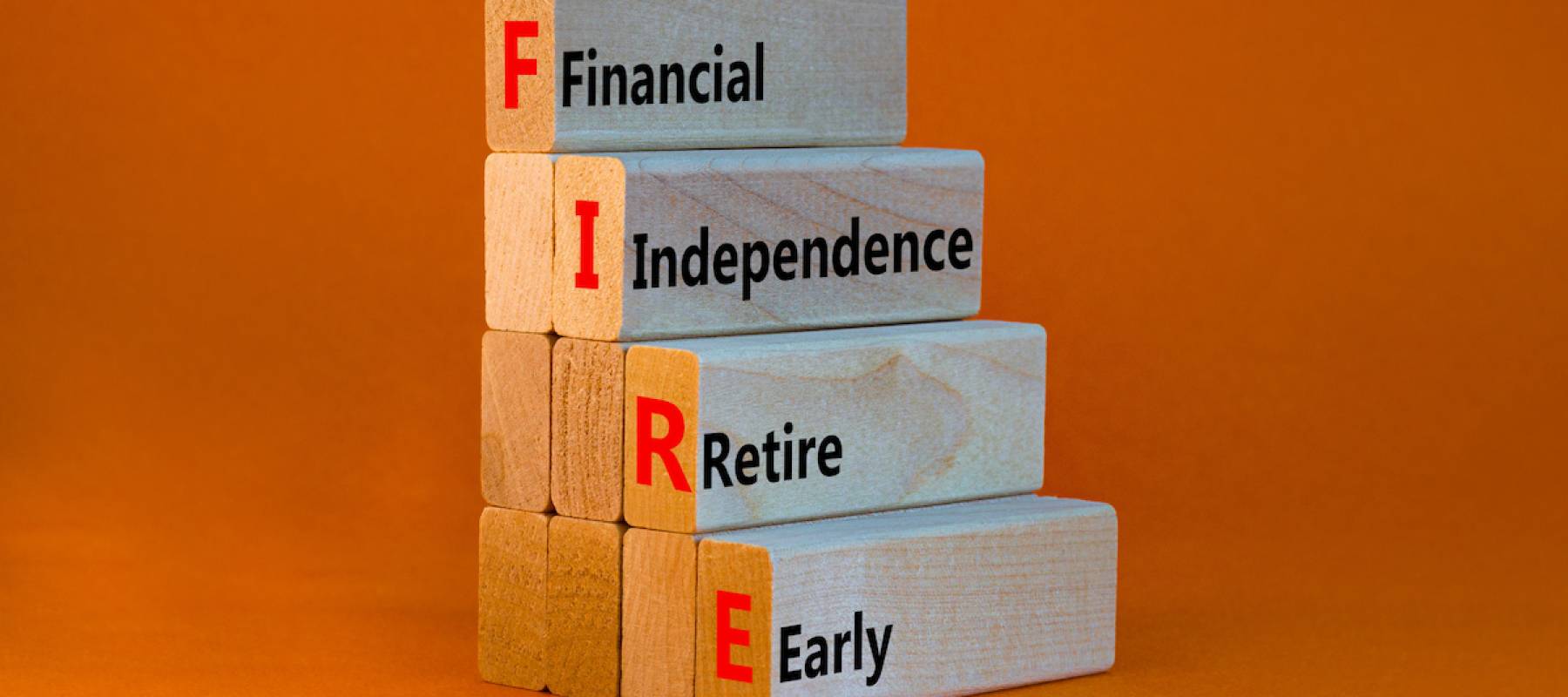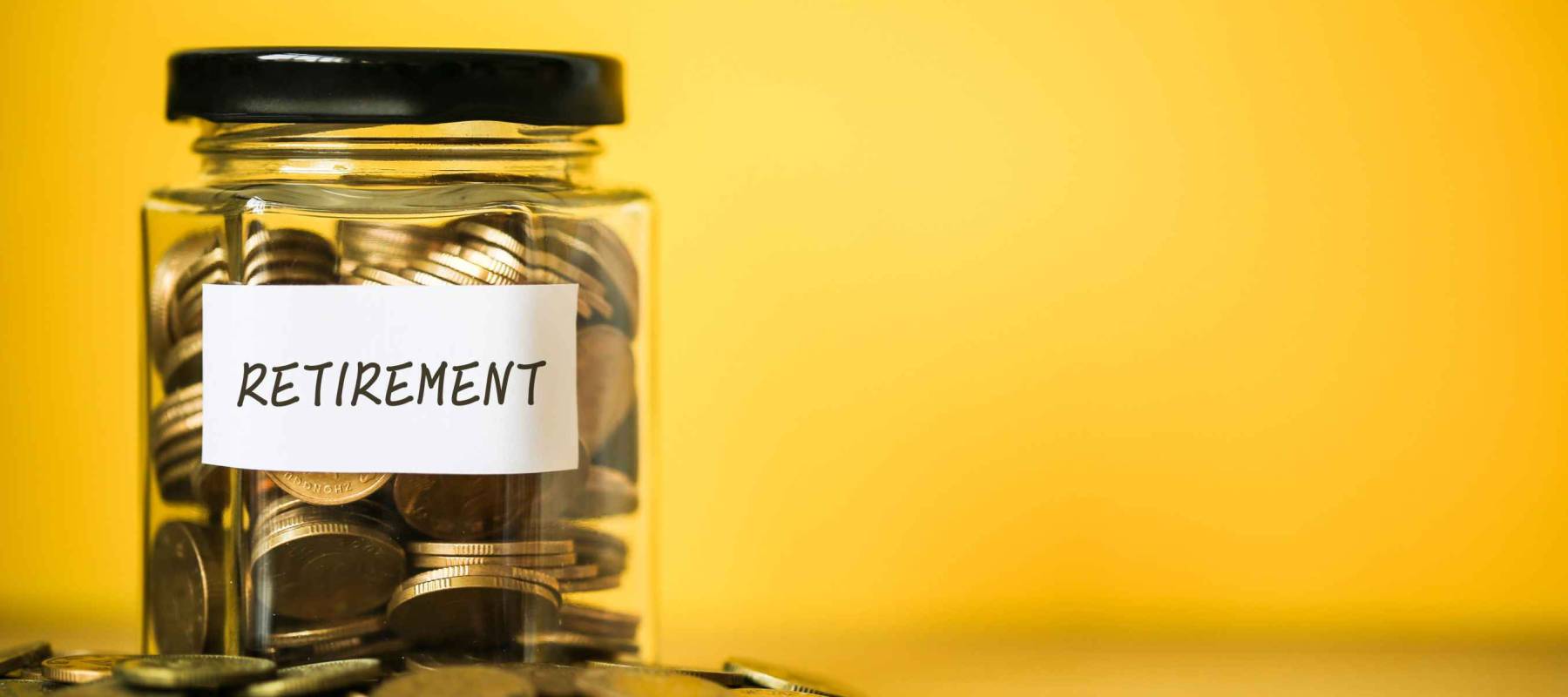What do you call a person who is happy on Monday? Retired. As you sit there daydreaming of the day you won’t need to clock in day in and day out, remember this: retirement isn’t a question about what age you want to retire, it’s at what income. To come up with your retirement plan, you’ll need a financial strategy to save and invest your earnings until the day they’ll be able to cover your expenses when you call it quits.
Best retirement plan options in Canada
There are plenty of ways that Canadians can plan and save for retirement. Here are several tools you can use to build up your nest egg.
Registered Retirement Savings Plan (RRSP)
The Registered Retirement Savings Plan is a popular tax-sheltered retirement savings account for Canadians under 71 who have earned an income and filed a tax return to build RRSP contribution room. Your contribution room is based on 18% of your earned income from the previous year, up to a maximum contribution limit set for the given tax year. Any of your unused contribution room can be carried forward indefinitely.
RRSP accounts can hold all types of investments including stocks, ETFs, bonds, and GICs. Each year, the amount you add to your RRSP can be claimed as a tax deduction to reduce your taxable income. Making a contribution doesn’t mean you have to claim your deduction in that tax year, that can be carried forward too. Depending on your current income, it might make sense to wait until you’re in a higher tax bracket to claim your deductions. Any withdrawals from your RRSP must be reported as income and will be subject to taxes at your marginal rate come tax time.
Tax-Free Savings Account (TFSA)
A Tax-Free Savings Account is highly flexible tax-sheltered account that can be used to save for the future. Don’t just think of it as a high-interest savings account for an emergency fund like its name might suggest. Anyone 18 or older with a valid social insurance number (SIN) can use their TFSA to purchase stocks, bonds, ETFs, and other investments. Unlike the RRSP, TFSA contributions are made with after-tax dollars and are not deductible for income tax purposes.
The amount you can contribute is defined by the TFSA contribution room limit set by the Government of Canada each year. Any investment income earned or changes to investment value in the account is tax-free, even when it’s withdrawn, and you can make withdrawals at any time. If you’ve never contributed to a TFSA, you would have $88,000 of contribution room in 2023. Keep track of your contribution room limits in your CRA’s My Account because any over-contributions will be taxed at 1% per month.
The Canada Pension Plan (CPP)
The Canada Pension Plan is a retirement pension that provides a monthly, taxable benefit to help supplement your income when you retire. To be eligible to apply for and receive benefits from the plan, you must be at least 60 years old and have made at least one valid contribution to the CPP. If you qualify, you will receive the CPP retirement pension for the rest of your life.
The amount you receive from the CPP depends on how much you contributed to the plan, the length of time over which you made those contributions, and when you decide to start receiving payments. While the maximum amount you can receive is $1,306 in 2023, Canadians receive an average of $760.07 due to different variables that affect the government’s calculation. Most CPP beneficiaries receive much less than the maximum payment, with the average coming in at about 60%, so plan accordingly.
Old Age Security (OAS)
Old Age Security is a benefit program funded by general tax revenue that provides monthly, taxable payments to Canadian seniors. To be eligible to receive benefits, you must be at least 65 years old, a Canadian citizen or legal resident when your OAS application is approved, and have lived in Canada for at least 10 years since the age of 18. Service Canada will send you a letter when you turn 64 to let you know you’ve been enrolled. If you don’t receive the letter, you’ll have to apply. To receive the maximum benefit ($768.46 per month in 2023), you must have lived in Canada for 40 years and be over the age of 75. If you're between 65 and 74, the max you can get is $698.60. If you haven’t lived in Canada long enough to qualify for the maximum amount, you can still receive a partial benefit.
If you earn a high income in retirement, your OAS will be subject to a recovery tax of fifteen cents for every dollar over the defined threshold. For the 2024 tax year, this OAS “clawback” applies to anyone whose net income is over $86,912 to a maximum of $147,979, where you stop receiving OAS altogether. Canadians typically receive the first OAS payment during the month after they turn 65 but you can choose to delay receiving payments until you’re 70. Each month you choose to delay increases your OAS payout by 0.6%. If you wait the maximum of 60 months before receiving OAS, your monthly payment will increase by 36%.
Guaranteed Income Supplement (GIS)
The Guaranteed Income Supplement is an additional monthly, non-taxable benefit available to low-income seniors. In most cases, Service Canada will send you a letter the month after you turn 64 to let you know you’ve been enrolled. If you don’t receive the letter, you’ll have to apply. In 2023, single, widowed, or divorced seniors can receive a maximum of $1043.45 per month. This amount is reduced as you earn more income and disappears once your income reaches $21,168. Additional GIS supplements apply if you have a spouse or common-law partner.
Employer-sponsored pension plans
An employer pension plan is a registered plan that can provide you with a source of income during retirement. There are two main types of employer pension plans: a defined benefits plan, and a defined contribution plan. Take advantage of the opportunity to supercharge your future income potential if your employee offers either of these options.
In a defined benefit plan, contributions from both you and your employer are pooled into a pension fund that is managed on your behalf. When you retire, you will get a fixed amount that’s calculated based on your salary and the number of years you contributed to the pension. The amount you receive in retirement will not change, regardless of how the investments perform.
In a defined contribution plan, both you and your employer contribute a defined amount to your pension plan each year. Your employer may match a percentage or dollar amount based on what you contribute. In some plans, the money in the plan is invested on your behalf. In others, you can have a say in choosing how your money is invested. The amount you get when you retire will depend on how well your investments perform over time.
Other investments
Though everything that has been mentioned so far consists of retirement plans, accounts, and investment vehicles that are available to you from others, don’t discount any retirement income that you can generate for yourself. These alternate income streams can also help take care of you well into retirement. Some options include proceeds from your business, income from rental properties, a windfall from downsizing your real estate, or slowly drawing down on investments in non-registered accounts.
How to invest for retirement
Investing for retirement might seem wildly complicated. Thankfully, advances in fintech have simplified the game and made investing more accessible than ever. If you’ve never invested before and are looking for somewhere to start, consider a ‘set it and forget it’ approach with a robo advisor. If you’ve got skin in the game and are comfortable with a self-directed approach, an online broker can have you covered.
Robo advisors
A robo advisor is a digital platform that provides automated investment management services driven by algorithms that track market performance using low-cost exchange-traded funds (ETFs). Since they require minimal human supervision, robo advisors are often inexpensive and don’t require a lot of money to start investing. The best robo advisors in Canada, for example, include industry-leading contenders like Wealthsimple.
Online brokers
The best discount online brokers in Canada provide easy access to financial markets through digital platforms with features that cater to both passive and active investing styles. Whether you’re a novice investor or a seasoned day trader, online brokers have the tools and data you need to make informed decisions. Wealthsimple Trade, the first fully commission-free self-directed trading platform in Canada, will let you buy and sell equities for free. In fact, Wealthsimple Trade will reimburse an outgoing administrative transfer fee of up to $150 on investment account transfers valued at more than $5,000.
If its features and research capabilities aren’t to your liking, Questrade offers a comprehensive feature set that includes more account options, detailed analysis tools, and the ability to buy ETFs commission-free.
How does retirement work in Canada?
Retirement comes when you’ve built up enough savings to generate an income that will sustain your lifestyle when you’re no longer working. Once you leave the workforce, you’ll start to draw down on your savings (instead of your paycheque) to cover your expenses. Depending on your situation, you could start drawing down from your TFSA, RRSP, or your employer-sponsored pension plan. When you reach the age of 65, you would could eligible to receive CPP and OAS.
How much do I need to retire in Canada?
Wondering how much it’ll take before you can retire? The truth is it depends. The amount you need to retire will vary based on the age want you to stop working and the lifestyle you want to lead. The sooner you plan to retire, the larger your savings will need to be to cover the time where you don’t plan on having an income. If you’re accustomed to living in luxury, travelling in style, and eating caviar with a butler on standby, you may need to bump up your savings to match your lifestyle expectations.
There are several different rules of thumb that might help you guestimate the amount that you’ll need to ride off into the sunset. Let’s assume you had an annual income of $100,000 when you retire. Some retirement experts would suggest you need an income of 70% (or $70,000) per year in retirement. Some might say you need ten times your final salary, or $1,000,000. Others swear by the 4% rule, where a withdrawal of $40,000 per year on your $1,000,000 in investments would be enough (adding on the roughly $30K/year from CPP and OAS could give you a $70K annual income). That said, a personalized retirement plan from a financial planner can help you decide how much you need to safely retire.
When should I start planning for retirement?
Assuming a 5% return on investment and a $10,000 contribution to your savings every year starting at age 25, you would have accumulated $1,278,397 at 65 thanks to the magic of compound interest. If you started saving the same amount at age 30, you’d only have $707,605 at 65. Your 30-year-old self would be half a million short and have to set aside more each year or save for longer to reach the same retirement goal. The best time to start saving for your retirement is the moment you start earning an income. But let’s be realistic, life can sometimes get in the way. The second-best time is now.
How to start planning for retirement
If you’re interested in planning for retirement, here are a few steps that’ll get you set off on the right foot.
1. Calculate your guaranteed income
The first step is to add up all the income you think you’ll receive in retirement. That’s everything from your retirement accounts, including your TFSA, RRSP, employer-sponsored pension, savings and other investments. Don’t forget to factor in your CPP and OAS benefits. Remember that you’ll pay taxes on RRSP withdrawals and your annual income may trigger OAS clawbacks. The Canadian Retirement Income Calculator can help you estimate your retirement income.
2. Estimate retirement expenses
Next, you’ll want to estimate all of your retirement expenses. Include all costs from necessities like housing, food, transportation and debt payments to discretionary expenses like hobbies, travel and charitable contributions. This budget planner will help give you an idea of the monthly costs you’ll want to account for.
3. Calculate the difference
Finally, subtract your monthly retirement expenses from your monthly guaranteed income. If your income is greater than your expenses, you could be well on your way to retirement. If your expenses are greater than your income, you’ll have an idea of how much more you’ll need to make up before you can retire.
Final word on retirement planning
As you plan and save for your future retirement, consider running your numbers over with a financial planner. They’ll have access to specialized software that can run sophisticated models to forecast how long your nest egg will last. They’ll also be able to help with different strategies to maximize your investments, help to decide on the right time to draw from your pensions and help keep any taxes or clawbacks to a minimum. These services will come with a fee, but it will come in exchange for the peace of mind knowing that your best retirement plan is the one that was personalized just for you.
Disclaimer
The content provided on Money.ca is information to help users become financially literate. It is neither tax nor legal advice, is not intended to be relied upon as a forecast, research or investment advice, and is not a recommendation, offer or solicitation to buy or sell any securities or to adopt any investment strategy. Tax, investment and all other decisions should be made, as appropriate, only with guidance from a qualified professional. We make no representation or warranty of any kind, either express or implied, with respect to the data provided, the timeliness thereof, the results to be obtained by the use thereof or any other matter.





